The Story Of Titanic
The Tragic Voyage that Shook the World
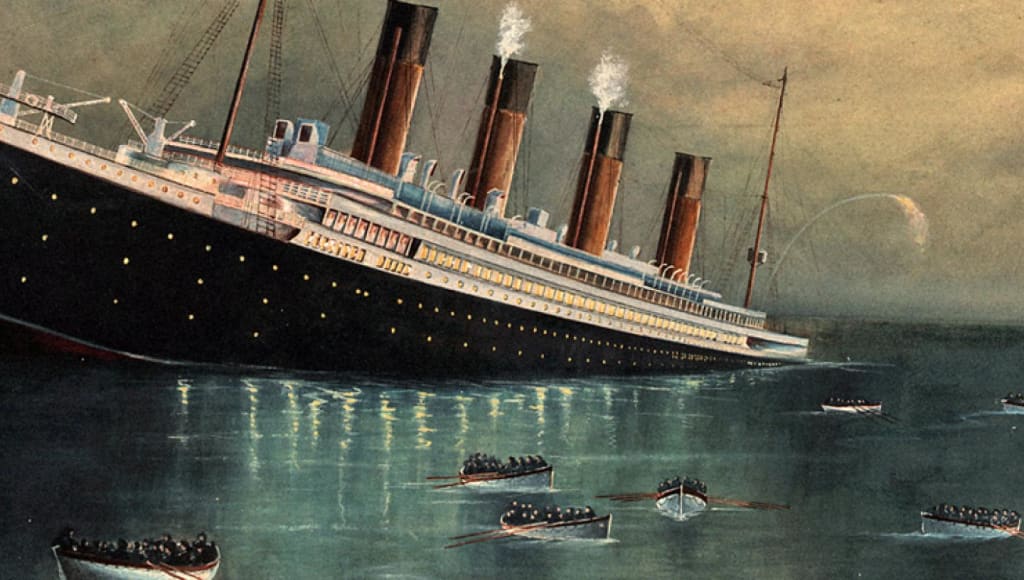
Introduction
Titanic was the biggest and most luxurious ship of her time. It was also known as " The Unsinkable Ship". But, On the fateful night of April 14, 1912, the RMS Titanic, the world's largest and most luxurious ocean liner, struck an iceberg in the North Atlantic Ocean. What was meant to be a triumphant maiden voyage from Southampton, England, to New York City turned into one of the most devastating maritime disasters in history. The story of the Titanic captures the grandeur, hubris, and ultimately the tragic consequences of a voyage that captivated the world.
Setting Sail: The Construction and Design of the Titanic
Commissioned by the White Star Line and constructed in Belfast, Northern Ireland, the Titanic was an engineering marvel. Designed by Thomas Andrews, the ship boasted extravagant amenities, such as opulent cabins, a swimming pool, a gymnasium, and even a squash court. It was deemed "unsinkable" due to its advanced features, including watertight compartments and a double-bottomed hull. The cost of building the Titanic was estimated to be around $7.5 million, equivalent to approximately $190 million in today's currency.
Maiden Voyage: Departure and Passengers
The Titanic embarked on her maiden voyage on April 10, 1912. Departing from Southampton, England, the ship made subsequent stops at Cherbourg, France, and Queenstown (now Cobh), Ireland, to pick up additional passengers. The journey was intended to conclude in New York City, where the Titanic was scheduled to arrive on April 17, 1912. The ship carried approximately 2,224 passengers and crew members, including some of the wealthiest individuals of the time, such as John Jacob Astor IV, Benjamin Guggenheim, and Isidor Straus. The passengers were a mix of first-class elites, second-class travelers, and those in steerage seeking a new life in America.
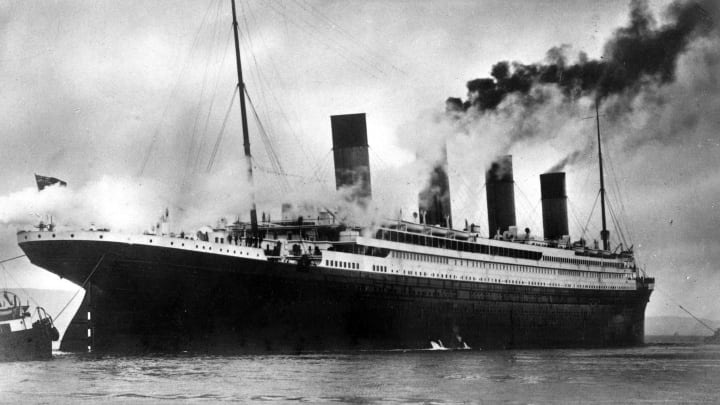
Collision with Disaster: The Encounter with the Iceberg
Four days into the voyage, on the night of April 14, the Titanic received multiple iceberg warnings from other ships in the area. However, due to a combination of factors, including a belief in the ship's invincibility and the lack of adequate precautions, the warnings were not heeded. At approximately 11:40 p.m., the Titanic struck an iceberg on its starboard side, ripping open several compartments below the waterline.
The Panic and Chaos: Abandoning Ship
As the crew realized the severity of the damage, the order to evacuate the ship was given. However, the Titanic had an insufficient number of lifeboats to accommodate all the passengers and crew. The "women and children first" policy was enforced, leading to desperate separations among families and loved ones. The limited number of lifeboats meant that many remained stranded on the sinking ship.
Sinking into the Abyss: The Final Moments
As the Titanic sank deeper into the frigid waters of the North Atlantic, the atmosphere turned increasingly chaotic and heartbreaking. The ship's band, led by Wallace Hartley, played music to soothe the passengers, displaying immense courage and selflessness. In the early hours of April 15, the ship's stern rose into the air, and the Titanic split in two, plunging more than two miles to the ocean floor.
Rescue Efforts and Aftermath
The distress signals sent by the Titanic were received by nearby ships, including the RMS Carpathia, which arrived approximately two hours after the sinking. It rescued over 700 survivors, while more than 1,500 lives were lost in the disaster. The tragedy sent shockwaves around the world, prompting widespread mourning and raising questions about maritime safety regulations.
Investigation and Lessons Learned
Following the sinking, inquiries were held in the United States and the United Kingdom to investigate the causes and consequences of the disaster. The investigations revealed issues such as the insufficient number of lifeboats, the lack of effective communication, and the failure to respond adequately to iceberg warnings. These findings led to significant changes in maritime regulations, including the implementation of stricter safety standards and the establishment of the International Ice Patrol.
Legacy and Remembrance
The Titanic's story continues to captivate the public imagination. Numerous books, films, and documentaries have been dedicated to recounting the tragedy, each striving to shed light on the human stories and the lessons learned. Memorials, such as the Titanic Belfast museum in Northern Ireland and the Halifax Maritime Museum in Nova Scotia, Canada, honor the victims and serve as reminders of the consequences of complacency and hubris.
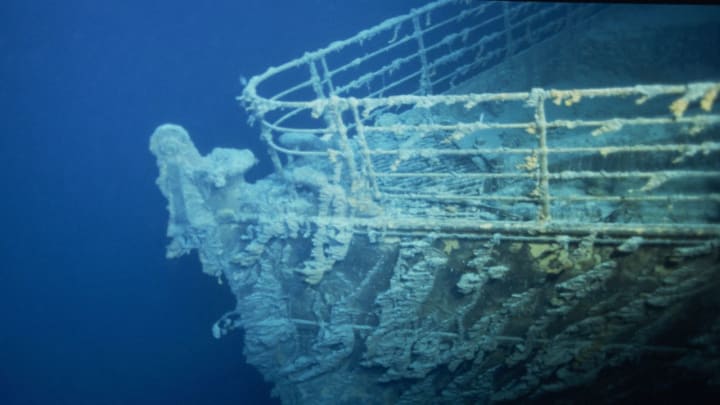
Conclusion
The sinking of the Titanic remains a poignant reminder of the fragility of human endeavors and the consequences of overconfidence. The grandeur and tragedy of the Titanic's maiden voyage have become etched in history, reminding us of the importance of humility, preparedness, and respect for the immense power of nature. The legacy of the Titanic disaster continues to inspire us to strive for safer and more responsible journeys on the seas.
About the Creator
Moiz Tanvir
Hi Everyone, I'm a writer who writes articles on historical events. For me imagining the historical scenarios is the best feeling so I just write about them for my satisfaction. Hope you all will like my history-based articles. Thanks.
Enjoyed the story? Support the Creator.
Subscribe for free to receive all their stories in your feed. You could also pledge your support or give them a one-off tip, letting them know you appreciate their work.


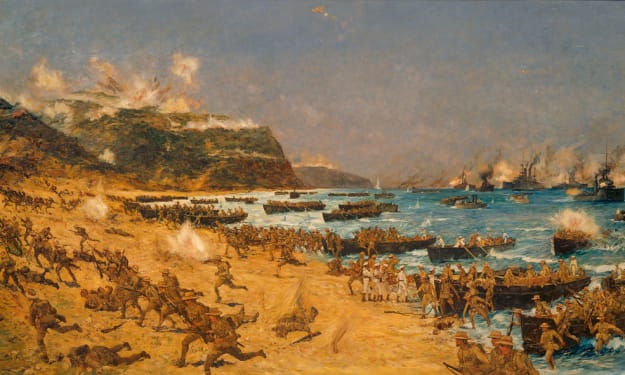

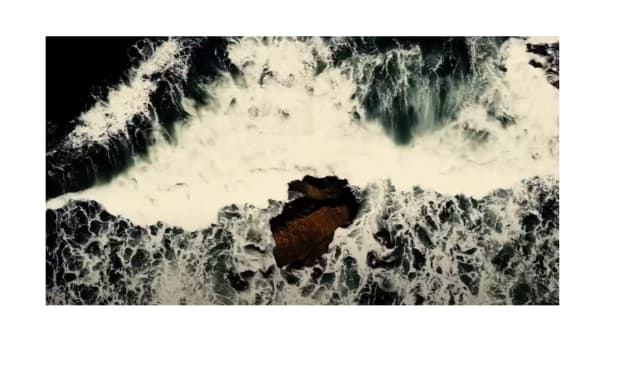

Comments
There are no comments for this story
Be the first to respond and start the conversation.